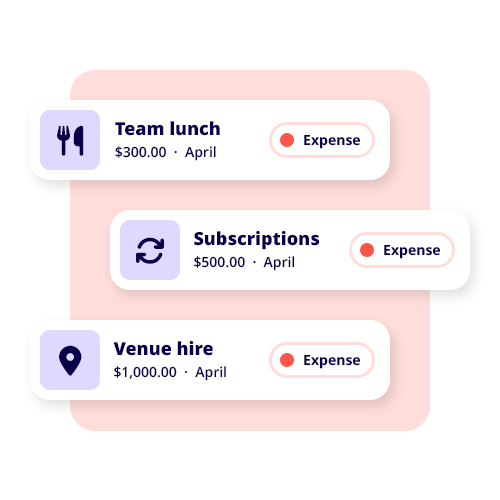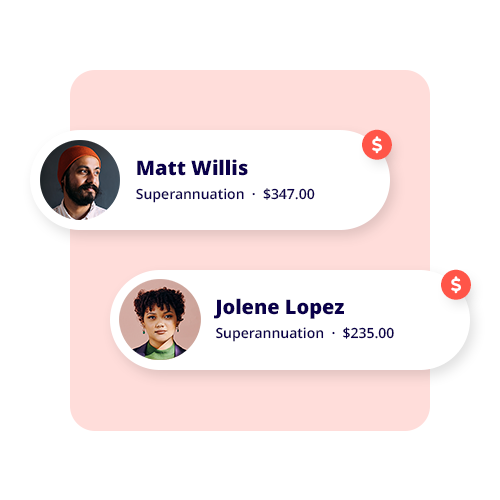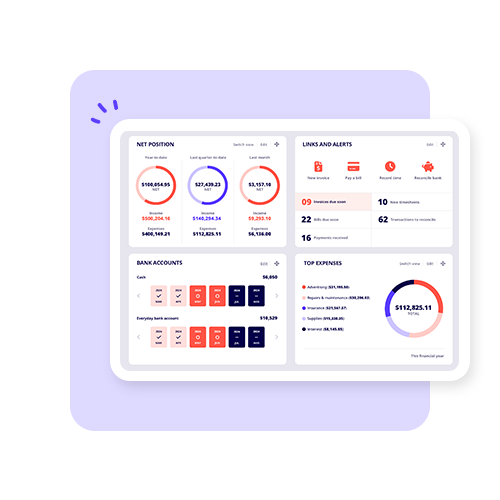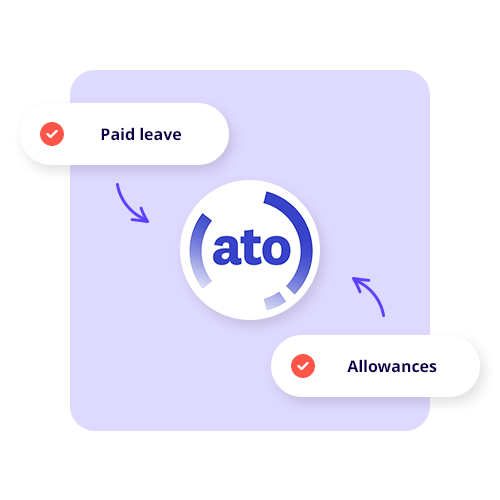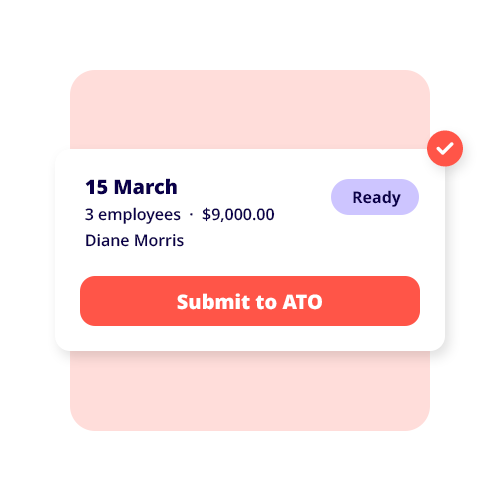In Victoria, if you are considering purchasing a car or property, you should consider stamp duty among its associated costs, like loan repayments and other taxes. Stamp duty is a one-off government fee levied against your purchase of either a car or property.
Several factors need to be considered when your purchase involves stamp duty in Victoria, as each state has its own policies.
Why do you have to pay stamp duty?
Stamp duty on vehicles or land transfer duty on properties is a government tax collected by the state revenue office. The Victorian government charges this fee against purchases as a tax policy to fund numerous public services and investments.
How much stamp duty do you pay in Victoria?
In Victoria, stamp duty applies differently depending on whether it is a vehicle or property purchase.
Stamp duty on cars and vehicles
For cars and vehicles, Victoria calculates stamp duty on the transfer/registration of ownership by using a range of factors:
- The type of vehicle
- The value of the vehicle
The date the vehicle is registered with VicRoads
See below the table on the current duty payable for cars and vehicles from 1st July 2024:
|
|
|
| Green passenger car | All values | $8.40 per $200 or part thereof |
| Primary producer passenger car | All values | $8.40 per $200 or part thereof |
| New non-passenger motor vehicles | All values | $5.40 per $200 or part thereof |
| Non-passenger motor vehicles previously registered in Vic or elsewhere | All values | $8.40 per $200 or part thereof |
| Used non-passenger motor vehicle | All values | $8.40 per $200 or part thereof |
| Other passenger car | $0-$80,567 | $8.40 per $200 or part thereof |
| $80,567.01-$100,00 | $10.40 per $200 or part thereof | |
| $100,00.01-$150,000 | $14.00 per $200 or part thereof | |
| More than $150,000 | $18.00 per $200 or part thereof |
As the table shows, rates vary depending on the type of vehicle you are purchasing, whether it is new or used.
It is important to note that stamp duty on vehicles considered “other passenger cars” is factored on a sliding scale. Instead, the vehicle’s value determines the total stamp duty rate.
For example, if you buy an ‘other passenger car’ at $80,567, you would pay $8.40 per $200, rounding up to the nearest $200. This would mean you would pay the stamp duty applicable to $80,600, which would total $3,385.20. However, if you purchase a car valued at the next bracket for $81,000, you would pay $10.40 per $200 for a total of $4,210.
Stamp duty on property
Stamp duty or land transfer duty is the tax the Victorian Government charges on the purchase of property exchanged from one party to another. The stamp duty levied against property purchases is based on several factors:
- Contract date or transfer date
- Property value/property purchase price
- First home buyers
- A foreign purchaser
- A residential property
- A commercial property
- An industrial property
- Is your principal place of residence
See below the current general land transfer duty rates:
Dutiable value range |
Rate |
| $0 – $25,000 | 1.4% of the dutiable value of the property |
| >$25,000 – $130,000 | $350 plus 2.4% of the dutiable value over $25,000 |
| >$130,000 – $960,000 | $2,870 plus 6% of the dutiable value over $130,000 |
| >$960,000 – $2,000,000 | 5.5% of the dutiable value |
| More than $2,000,000 | $110,000 plus 6.5% of the dutiable value over $2,000,000 |
This table outlines the stamp duty you would generally pay on a property. However, some concessions can reduce the stamp duty on your property purchase. For instance, if you purchase a property that is your principal residence for less than $550,000 as a first home buyer, you pay no stamp duty fees.
An example of how much stamp duty you would pay for purchasing a property at a value of $750,000 with no concessions would look like this:
- Subtract $130,000 from $750,000 = $620,000
- Multiply $620,000 by 0.06 (the percentage) = $37,200
- Add the figure applicable dutiable rate of $2870 to $37,200
- Total stamp duty payable = $40,070
Stamp duty calculator VIC
You can find a calculator for stamp duty on cars and vehicles or property by visiting the State Revenue Office, Victoria:
Stamp duty concessions in Victoria
In Victoria, there are some concessions to stamp duty when you purchase a vehicle or property.
Stamp duty concessions for vehicles
Stamp duty concessions for vehicles apply to either the type and model of the vehicle or its intended use.
To get the one-rate concession for a car purchase, the car must fall under one of these categories:
- A green passenger car
- A primary producer passenger car
A green passenger car has a combined tailpipe carbon monoxide emission of 120 grams or less per kilometre. You can find which car models fit this description on the government Green Vehicle Guide website.
For primary producer passenger cars to receive the one-rate concession, the vehicle has to be registered to the primary producer whose business falls into one of these industries:
- Agriculture
- Horticulture
- Viticulture
- Dairy
- Fishery and aquaculture
- Pastoral
In addition, the car must be used for business purposes related to one of these industries.
Stamp duty concessions for property
There are some stamp duty concessions when purchasing property in Victoria. These concessions apply depending on the property value and the following:
- Principal place of residence (PPOR)
- First home buyers
- Regional property for commercial, industrial, or extractive purposes
Principal place of residence concession
If you purchase a property that will be your principal residential place, you can receive a small discount on your stamp duty. For this to apply, you must fit in the following criteria:
- The property value is $550,000 or less
- You will move into the property within 12 months of settlement
- You must live the property for at least 12 months
First home buyers concession and exemption
The first home buyer concession or exemption has a number of qualifiers to be applicable:
- All buyers must be first home buyers (neither spouse nor partner has owned a house continuously for more than 6 months).
- You must move into the property within 12 months of purchasing and live there continuously for at least 12 months.
- The dutiable value must be $600,000 or less to receive the stamp duty exemption, which means you pay no stamp duty.
- If the property value is more than $600,000.01 but less than $750,000, the stamp duty rates are discounted on a sliding scale.
Rural property for commercial, industrial, or extractive purposes
This concession reduces your stamp duty by 50%. To qualify, you must meet specific stamp duty criteria that the State Revenue Office outlines.
When is stamp duty payable?
The payment deadline for stamp duty differs depending on your purchase:
- You have 14 days to pay the stamp duty owed after purchasing a vehicle (if you buy a new car from a dealer, this will be included in the total price, and they will send payment to VicRoads for you).
- You have 30 days to pay the stamp duty owed after the settlement of your property transfer.
How to reduce or avoid paying stamp duty
To reduce your stamp duty liability on your property or vehicle purchase, there are a number of things you can do:
Reduce stamp duty for vehicle purchases
- Green car purchase: Consider purchasing an electric vehicle to be eligible for the green passenger car concession.
- Family transfers: You may be able to reduce or receive an exemption from paying car duty if you exchange cars due to certain circumstances.
- Business purposes: Depending on your industry, you could use particular industry concessions on car duty. This can be useful when considering the capital expenditures (CapEx) of your small business.
Reduce stamp duty on property purchases
- First time home buyers: If you are buying your first home, you are eligible for an exemption or concession up to a particular property value threshold.
- Pensioners and charity: Concessions are available if you are a pensioner or running a charity.
- Strategic purchasing: You can reduce your stamp duty by buying at a lower cost. Consider buying in areas with low market value.
Purchasing vehicles and property involves a lot, so it is important to factor in all costs.




